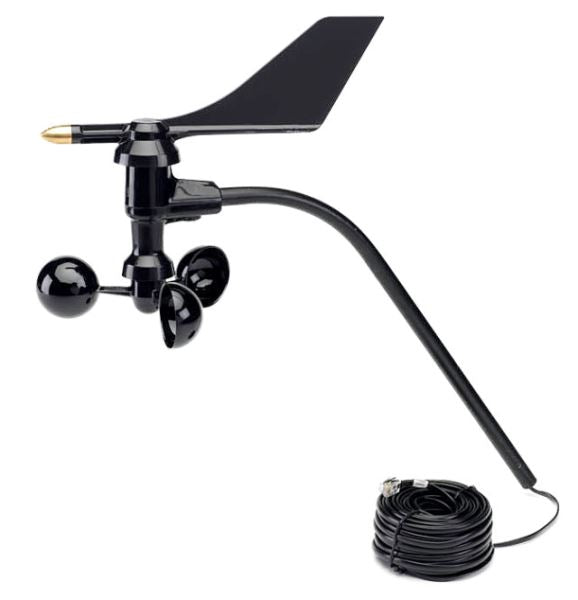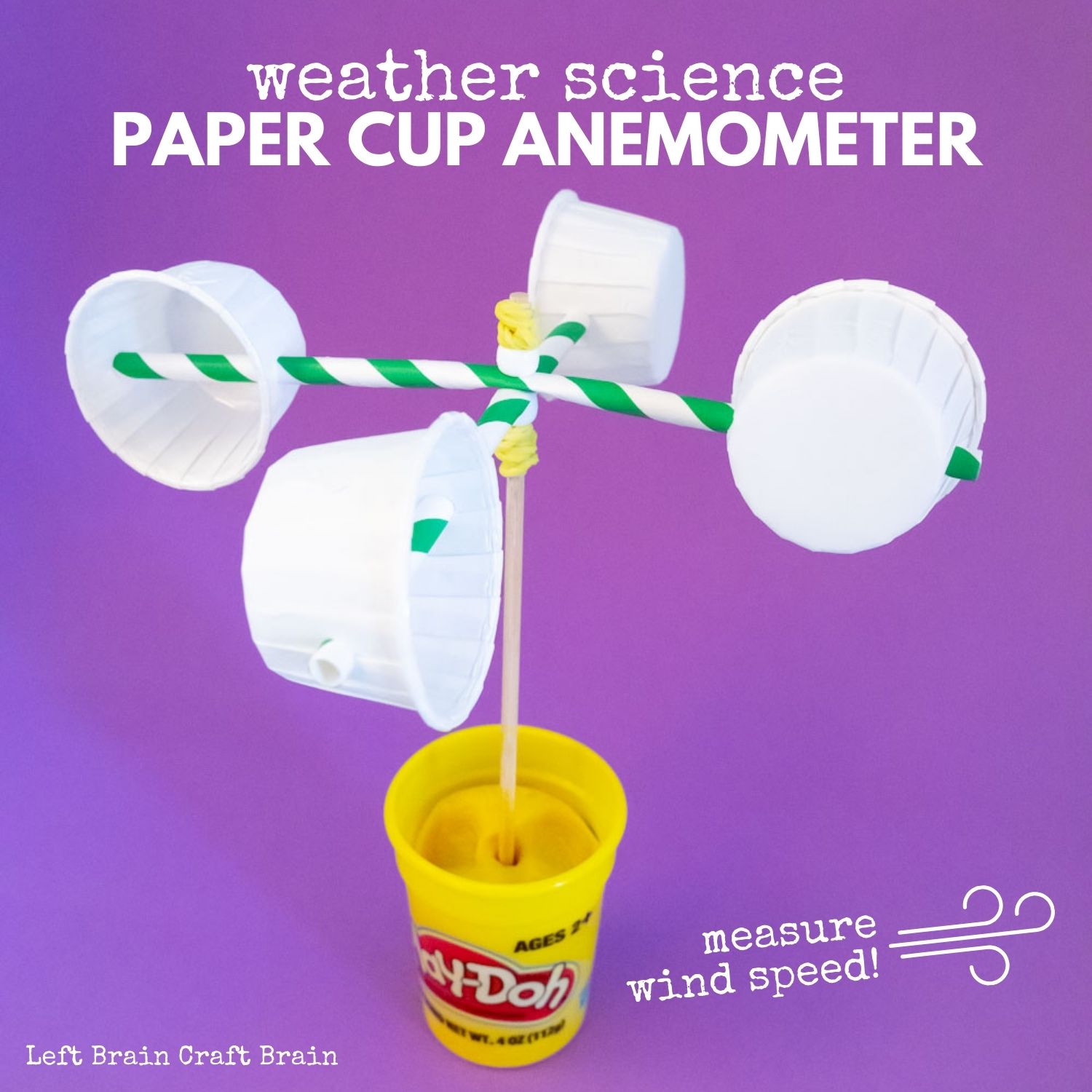All You Need to Learn About Anemometers: Just How They Work, Why They Issue, and Where to Utilize Them
Anemometers, though commonly neglected in the world of scientific instruments, play an essential role in different areas, using important understandings into wind rate and air flow patterns. As we delve into the complexities of anemometer modern technology, we will reveal the internal operations of these gadgets, their relevance, and the key factors to consider when choosing the ideal anemometer for details applications.

Anemometer Fundamentals
An essential tool used to gauge wind speed and instructions, the anemometer plays an important duty in meteorology and numerous markets. An anemometer typically is composed of 3 or four cups that revolve in the wind, a vane that points into the wind, and sensors to track the rotations or motions.
There are various kinds of anemometers readily available, including mug anemometers, vane anemometers, hot-wire anemometers, and sonic anemometers, each with its distinct attributes and applications. Cup anemometers are typically used for fundamental wind rate measurements, while vane anemometers are preferred for directional dimensions. Hot-wire anemometers appropriate for low airspeeds, and sonic anemometers are excellent for high-precision measurements in study and industrial settings. Recognizing the fundamentals of anemometers is crucial for precise wind data collection and evaluation across various industries.
Concepts of Anemometer Procedure
Building on the fundamental understanding of anemometer fundamentals, the principles of anemometer procedure illuminate the mechanics behind wind rate and direction measurements. Mug anemometers, for instance, have 3 or more mugs that catch the wind, causing them to rotate faster as the wind rate increases. Hot-wire anemometers rely on a warmed wire that cools down as wind passes over it, with the price of cooling establishing the wind speed.
Value of Anemometers
Anemometers play a critical duty in gauging wind rate and instructions, offering vital data for weather condition forecasting, environment researches, ecological tracking, and air travel operations. Meteorologists rely this hyperlink on anemometers to collect precise wind data, helping them understand climate patterns, forecast storms, and issue prompt cautions to the public. Wind farm operators use anemometers to assess wind problems and make best use of power manufacturing from wind turbines.
Applications Across Numerous Industries
In the eco-friendly power sector, anemometers play an essential role in assessing wind conditions for wind ranch positionings, making certain optimum power production. Industries like construction and mining utilize anemometers to monitor wind rates, critical for security protocols, especially when functioning at elevations or in open-pit mines where strong winds can pose hazards. In agriculture, anemometers help farmers in handling crop spraying by giving real-time information on wind speed to avoid drift.

Selecting the Right Anemometer for Your Demands
For general objectives, a mug anemometer is ideal for determining wind speed, while a vane anemometer offers wind direction data. Hot-wire anemometers are ideal discover this info here for reduced airspeed dimensions, and ultrasonic anemometers use high accuracy and resilience.

Final Thought
In final thought, anemometers play an essential role in gauging wind speed and instructions throughout various sectors. Comprehending the concepts of anemometer operation is important for picking the best device for certain needs. From weather forecasting to aviation, anemometers are essential tools for ensuring and collecting precise information security in various applications. It is essential to consider the significance of anemometers in order to make educated choices when selecting one of the most suitable gadget for measuring wind conditions.
There are different kinds of anemometers readily available, including cup anemometers, vane anemometers, hot-wire anemometers, and sonic anemometers, each with its distinct functions and applications. Mug anemometers are commonly used for fundamental wind rate dimensions, while vane anemometers are favored for directional dimensions. Hot-wire anemometers are ideal for reduced airspeeds, and sonic anemometers read review are perfect for high-precision measurements in research study and industrial settings.Building on the foundational understanding of anemometer fundamentals, the principles of anemometer operation illuminate the auto mechanics behind wind speed and instructions measurements. For general functions, a cup anemometer is appropriate for determining wind speed, while a vane anemometer offers wind direction data.
Comments on “How to Maintain and Care for Your Anemometer to Ensure Long Life”